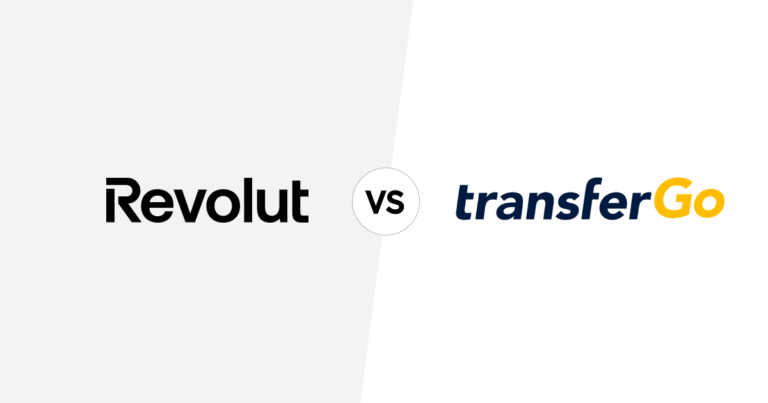5 effective strategies to cut your overseas business costs

This article covers:
Why an ‘overseas’ business function?
Suppose you are asked: What is the primary purpose of any business?
What answer will you give?
The primary purpose of any business is:
- To design products or services that offer some ‘value’
- To convert more ‘leads’ into customers
- To build relationships with stakeholders
- To serve its community
While none of these responses is incorrect per se, they miss a larger point.
According to Nobel Prize-winning economist Milton Friedman, the main purpose of a business is to maximise profits for its owners. Friedman was one of the foremost proponents of free-market capitalism in the free world, so he knew a thing or two about business and commerce.
It doesn’t matter who the business owners are – a family, a group of business partners, a charitable trust or even the public. The raison d’être of every business remains the same – to make money. Reaching all the other goals is a worthless endeavour if the business cannot make enough money to sustain itself in the short term and to grow in the long term.
Thus, a firm’s decision to move a business function overseas is primarily driven by the health of its bottom line. With such a decision, a firm can take advantage of cost arbitrage, weaker currencies and cheaper labour in overseas markets, which can all help to save money. That said, overseas business functions also incur a cost for the company and need to be controlled.
This article will explain the types of overseas business functions and propose some ideas on how firms can reduce their cost impact.
What is an overseas business function?
Many businesses choose to move some of their functions overseas. Although cost-cutting at the firm (micro) level is the primary trigger for such a strategy, a number of macro factors make such internationalisation of business possible:
- Globalisation: the growing economic interdependence between countries, markets and firms
- Economic liberalisation, the rise of capitalism and free trade
- Expansion of communication systems
- Globalisation of labour and lowered barriers to immigration
- Greater technology and knowledge-sharing between countries, firms and people
The business functions of most organisations can be classified into two types:
- Core, i.e. primary and/or secondary business functions
- Support, i.e. ancillary (or value-add) business functions
Depending on a number of factors, including organisation type, size, industry and operational geography, one or more of these functions can be carried out in an overseas location.
In the context of sourcing to an external provider in an overseas location, this model is referred to as offshore outsourcing (not the same as offshoring which involves completely moving one or more processes/services overseas but within the same company).
It is more common for firms to outsource or offshore their support functions, rather than core functions.
However, there are some exceptions to this thumb rule. In the past, official reports from the EU have stated that some member countries do outsource their core functions, thanks to the “growth of digitalisation and codification of services”. This outsourcing model applies even if these core functions are service-oriented.
The business functions that are commonly moved overseas through outsourcing or offshoring are:
- Manufacturing (in-house or ‘contract’)
- Information and communication technology (ICT) services
- Software development and maintenance
- Digital communication: websites, newsletters, apps
- Customer service: Email, telephone
- Remote support
- Administration
- Travel arrangements
- Document management: proofreading, data entry, filing
- Research, data collection and organisation
- Calendar management
- Shift, attendance and holiday rosters
- Human resource management
- Compliance and risk management
- Finance and Accounting
- Payroll management
- Treasury
Functions that are sometimes moved overseas through outsourcing or offshoring are:
- R&D
- Engineering
- Legal and Compliance
- Sales & Marketing
- Research
- Lead generation/business development
What kinds of firms have overseas functions?
Any business that has any or all of the above functions can outsource or offshore them to save money.
- Manufacturers: e.g. Apple’s iPhone/iPad products are designed in the company’s home country (USA) but their components are manufactured and assembled in different overseas locations.
- Software/IT products/services provider: e.g. Dell outsources many of its non-critical functions to Business Process Outsourcing (BPO) firms in India.
- Legal services firms: Law firms outsource some functions to Legal Process Outsourcing (LPO) firms.
- Educational institutions: Many international universities have sales/marketing departments in overseas locations.
- Retail firms: Many multinational retail firms outsource or offshore their admin/online marketing/IT functions overseas.
- eCommerce firms: Firms like Amazon have their web development, marketing and customer support functions in overseas locations.
How firms can reduce their overseas business costs: 5 useful strategies
Although cost-cutting is usually the primary trigger for firms to move some business functions overseas, the move cannot be completely cost-free. A cost comparison between the home location and the overseas location will generally yield a positive result, but firms can cut their overseas costs even further by trying some of these approaches:
1. Make cost-reduction strategic & purposeful
In the world of business, one of the most common knee-jerk reactions to change is cost-cutting.
However, instead of cutting costs across the board because it seems more straightforward and/or fair, firms with overseas functions are better off considering their long-term strategic needs first.
Strategic cost reduction starts by identifying good costs and differentiating them from bad costs.
Good costs are capabilities that drive profits and growth for the firm, while bad costs are non-essential spending areas.
For example, a low-traffic, brick-and-mortar flagship store is a bad cost because it involves rent/salaries/overheads for little or no return.
On the other hand, an upfront investment to set up an online eCommerce store is a good cost because digitalisation enables your business to develop a new value proposition for customers.
The next step is to utilise as many resources as possible to make all strategically-critical good costs more effective, and simultaneously devise methods to eliminate bad costs.
The bottom line is that businesses need to think carefully before deciding which costs can be eliminated, reduced or even increased – a one-size-fits-all cost-cutting strategy can be counterproductive.
2. Identify & eliminate duplication, consider local outsourcing
Investigate if any activities are being duplicated across multiple departments or verticals.
Are two or more departments performing functions that only one of them can do for both? Or can a separate support department perform this function for both departments?
Are the activities driving value for the firm overseas or can they be outsourced to a local firm? Find answers to these questions and consider restructuring your overseas business to cut costs.
3. Technology is powerful – use it
Research technological tools and figure out if you can use them to improve efficiencies and cut costs in your overseas functions.
Don’t restrict yourself to tools used only in your industry – in the course of your research, you might discover a tool used in another industry that can help you in yours!
Some examples of tools and technologies that you might consider in your cost-cutting endeavour are machine learning, robotics, artificial intelligence, predictive modelling, Blockchain and cognitive computing.
4. Explore non-traditional working methods
Even in cheaper overseas locations, office space costs (rent, overheads) and human resources (salaries, insurance, conveyance) can spiral out of control.
In such cases, you might consider instituting a hub-and-spokes office arrangement, with the skeletally-staffed hub or main office in one overseas location (e.g. Mumbai) and the spokes in lower-cost locations (e.g. Hyderabad).
Another cost-cutting measure you might implement is telecommuting/working from home.
Virtual and collaborative working technologies can enable people to access work resources from any location and save the firm costs associated with physical space.
5. Manage payroll costs through money transfer services
For firms paying salaries to overseas staff, especially across different countries, managing payroll disbursements can be complex, arduous and expensive.
Other concerns around cross-border payments include lack of reliability, the risk of currency fluctuations, compliance issues and difficulties around cost consolidation.
Instarem’s online remittance service eliminates all of these issues with a click!
Instarem can help you manage money transfers to your overseas staff, freelancers and suppliers in 55+ countries across Asia, Europe, North America and Oceania.
When you pay your employees in their local currency using Instarem, you can avoid high conversion costs and gain improved exchange rates, thus avoiding losses due to market and currency volatility.
Sign up with Instarem as a corporate user and you are assured of secure online data access and versatile reporting options.
*Disclaimer: This article is intended for informational purposes only. All details are accurate at the time of publishing. Instarem has no affiliation or relationship with products or vendors mentioned.
















